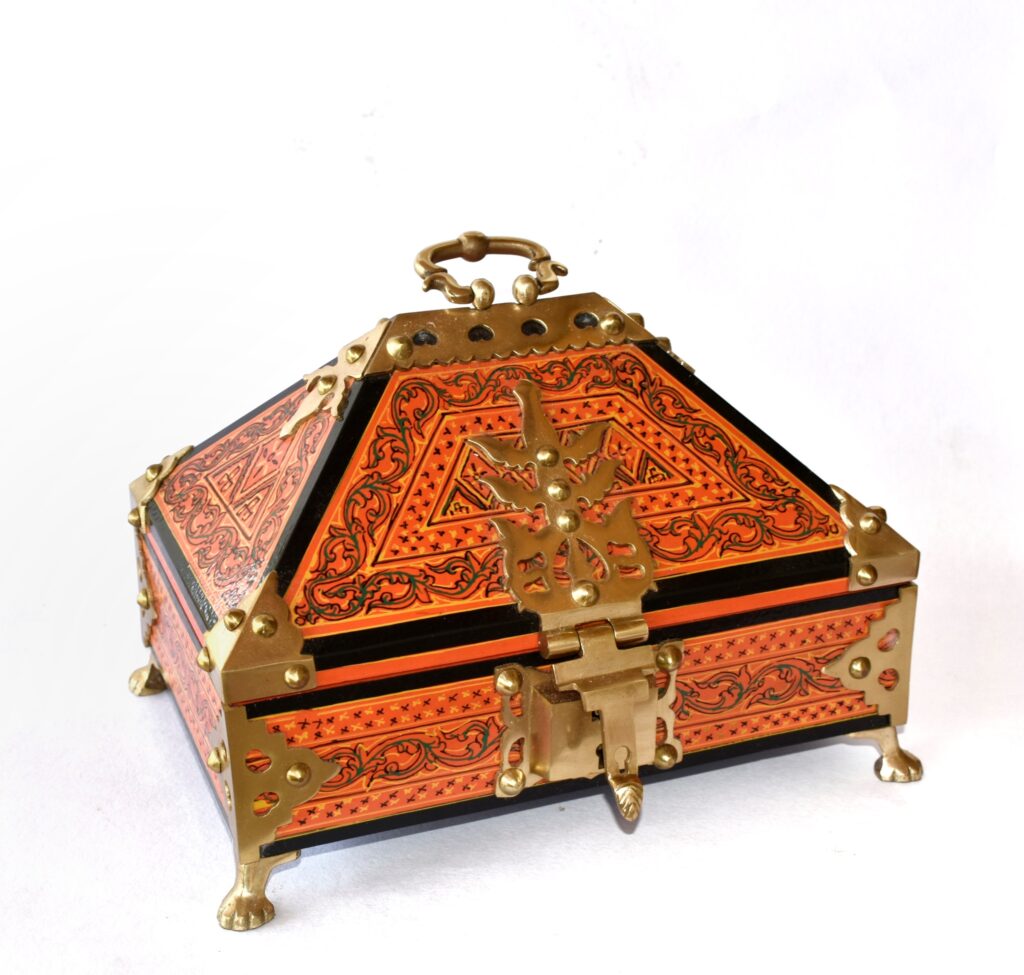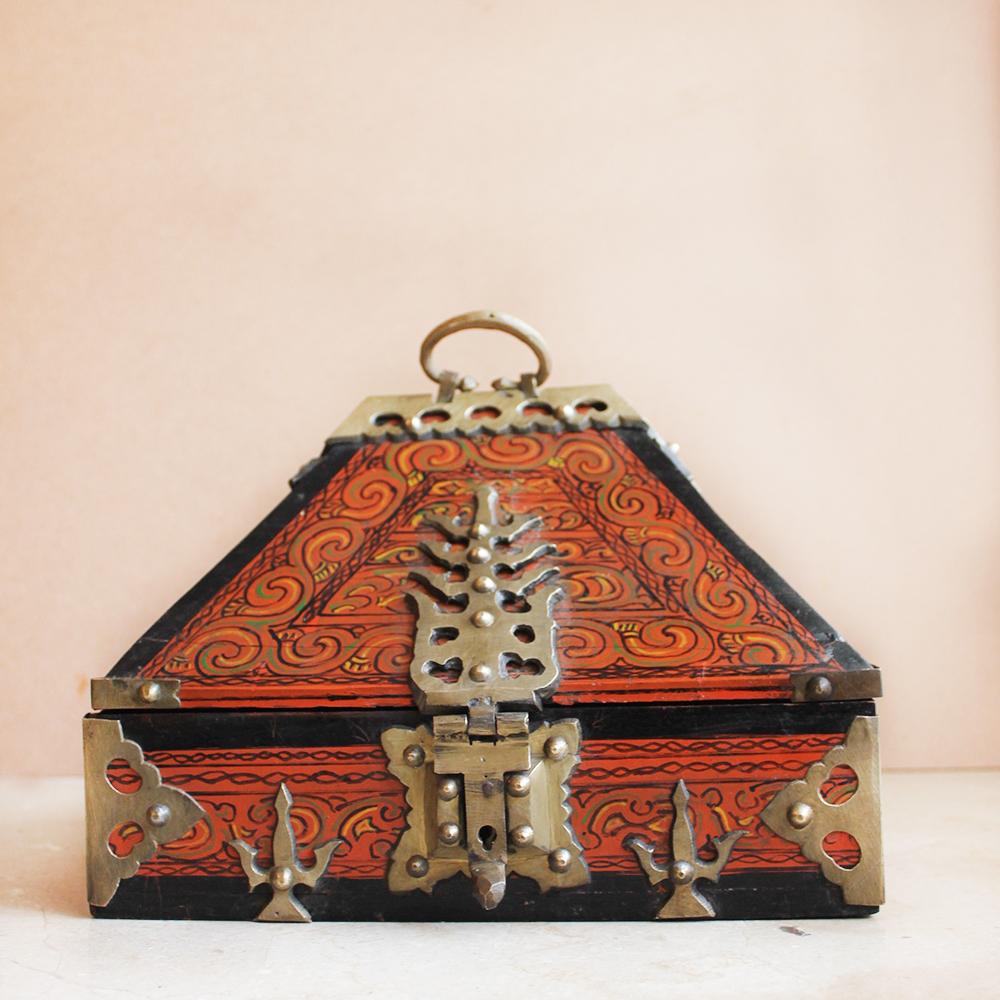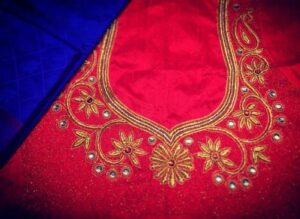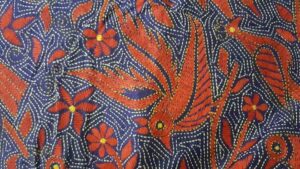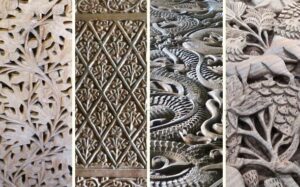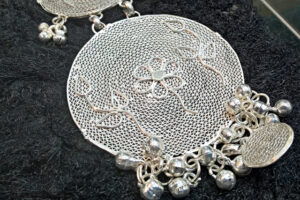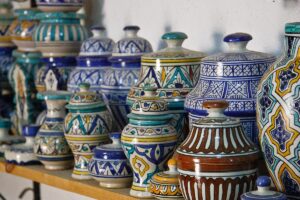Everything you need to know about the Royal Craft of
Nettur Petti.
What is Nettur Petti?
Nettur Petti is a work that suggests the time when items were created to be relished. Women and temples used to use boxes of ornaments.
These women belonged to high and noble families, whereas in temples, ornaments of the idol were stored.
This Petti is titled after Nettur.
It is the community in Kerala where the work is considered to have started.
These handcrafted Petti were conventionally composed of rosewood; also, the majority remain to be executed in this method.
Yet, jackfruit wood, mahogany as well as teak wood now.
Brass is used for the ornaments to enhance the outside surface of the boxes.
Fingers are used for making items such as the locks, holders, pins as well as hooks for these boxes.
Nettur Petti is a wooden box produced in Kerala from the northern part and is present only in few parts of southern Kerala.
Nettur Petti is a mixture of various aesthetic abilities and crafting methods.
It is a mathematical form of producing wooden boxes revealing Kerala architecture and wonderfully handcrafted brass fixers on it and most importantly beautifully hand-painted plants and animals.
How did it begin?
It began during the Mushiga dynasty presently recognised as Chirakkal Rajahs.
However, incomplete records are generating barriers in knowing the precise foundation and development of the craft.
‘Nettur Petti’ describes the beginning, Nettur is a community located near Talasseri and ‘Petti’ meaning box.
It suggests that the box is produced at Nettur.
However, the dependence on it can be a debate as other places are also described as Nettur.
There are proofs which show that this craft is founded in Kolathiri dynasty.
What are the tools and raw materials used?
Raw Materials
Wood
Wood, for example, Rosewood, Aanjili, Jackwood and Mahogany is essential for Nettur Petti.
These are made available regionally.
Brass
Raw metal and brass sheets are the following important elements used in the production of Nettur Petti.
These are made available from Mumbai.
If there is an essential requirement, then it is made available locally, which will be valued a little high.
Tools
Uli
Uli denotes chisel.
There are several kinds of chisels in multiple sizes used at the time of the method of producing wooden Petti as well as metal casting, including its completion.
Pozhichuli & Cheevuli (Plainer)
These tools create the surface flat and steady.
Gushimattom
It is a handcrafted wooden instrument which is used for recording the sizes on the planks.
Chuttika
Chuttika signifies hammers.
These are of wood and metal and are used in the production of Nettur Petti.
Measuring tool
There are various kinds of scales used which are of metal.
Besides these various sorts of filers, wooden saw, metal cutting blade, pins, shears are also used.
The process
The choice of wood performs a necessary part in the production and growth of Nettur Petti.
Woods essentially used are rosewood, Jackwood, Jungle Jack, Mahogany.
These are made available locally.
There are methods of choosing the wood, for example, only a few nodes providing solid wood.
Any mixture or mould located on wood will not be used for creating Nettur Petti as this influences the design and completion of the box.
Hardwood such as rosewood, many hues, forms and grain designs are some intriguing designs on the ultimate item.
The appearance, colours, endurance and efficiency help in getting the wood as an inevitable component of the complete crafting of the Nettur Petti.
The wood selected defines the value and power of the ultimate product.
After selection, it is divided into planks.
However, it starts with choosing the size as per the ‘Tachusastra Vidhi’.
The measurements are stated on the plank.
In Petti, the upper and lower parts include four and seven pieces, respectively.
The cutting is performed with the help of the hands and the machine.
The surfaces of the plank are balanced by scratching the unequal pieces with Cheevuli, also known as the plainer.
After the surfaces of the plank are balanced and divided into different pieces in the desired patterns, the top lid and lower box are prepared.
It is not easy to prepare the top lid as four sections of woods follow it at the same time.
The ends of the sections have partial completion taking a fine structure.
The angles are prepared with ‘Gushimattom’ and Cheevuli concludes the partial completion of the edges.
Further, ‘Pozhichuli’ woods are created so the top part can rightly sit providing an entire locking system too.
Both the bottom and upper part have the same creation method.
The bottom portion was anciently used as a jewellery box.
The choice of wood performs a necessary part in the production and growth of Nettur Petti.
Woods essentially used are rosewood, Jackwood, Jungle Jack, Mahogany.
These are made available locally.
There are methods of choosing the wood, for example, only a few nodes providing solid wood.
Any mixture or mould located on wood will not be used for creating Nettur Petti as this influences the design and completion of the box.
Hardwood such as rosewood, many hues, forms and grain designs are some intriguing designs on the ultimate item.
The appearance, colours, endurance and efficiency help in getting the wood as an inevitable component of the complete crafting of the Nettur Petti.
The wood selected defines the value and power of the ultimate product.
After selection, it is divided into planks.
However, it starts with choosing the size as per the ‘Tachusastra Vidhi’.
The measurements are stated on the plank.
In Petti, the upper and lower parts include four and seven pieces, respectively.
The cutting is performed with the help of the hands and the machine.
The surfaces of the plank are balanced by scratching the unequal pieces with Cheevuli, also known as the plainer.
After the surfaces of the plank are balanced and divided into different pieces in the desired patterns, the top lid and lower box are prepared.
It is not easy to prepare the top lid as four sections of woods follow it at the same time.
The ends of the sections have partial completion taking a fine structure.
The angles are prepared with ‘Gushimattom’ and Cheevuli concludes the partial completion of the edges.
Further, ‘Pozhichuli’ woods are created so the top part can rightly sit providing an entire locking system too.
Both the bottom and upper part have the same creation method.
The bottom portion was anciently used as a jewellery box.
How was the idea traced?
The idea can be discovered in the architecture depicted at temples of north Kerala.
The importance of mural craft and the design forces of the state ceremonial performance is termed as ‘Theyyam’.
Currently, no artisan is indulged in Nettur Petti in north Kerala.
However, it still exists in some sections of southern Kerala.
What is the technique of casting?
The technique of casting for Nettur Petti is die-casting due to the recurred use of themes and designs.
The themes of brass fittings are motivated from the classical structure of North Kerala.
The method starts from the dye-making cast in iron and craftsmen have plenty of dyes which are as old as 50 – 60.
There are dyes as per the measurement of the boxes.
After the size, the dye is chosen, and brass is melted in a vessel.
After the casting is finished, the casted artefacts are separated from the dye as it cools down.
Later, the artefacts are stored in water and then stored outside.
Next, the artefacts are perfected with the help of the buffing machine and a filer for the sides.
Anciently, sandpapers were used for buffing.
Presently, a different technique is used for producing brass theme is making the brass sheets; the main logic for using this technique is the absence of skilled metal casting labours.
How are nails prepared?
Kodayani is a handcrafted nail used for setting the brass motifs on Nettur Petti.
It has a theory of art as well as practical features.
‘Kuda’ in Malayalam means that umbrella and ‘ani’ denotes nails, so the term implies the nail pattern.
The umbrella-like shape is prepared by pressing a brass part.
A tiny brass piece is inside the die.
It is set with the hammer; it is then in the shape of semi-hemispherical and even from another part.
Later, with the application of a pointed chisel, a dimple is formed on the smooth part.
After this, a tiny nail is hammered on the smooth facade of the brass part by using a punch tool.
After the nail is created, it is brushed and polished.
How are Nettur Petti regarded as?
The pattern on the outer surface of Petti is motivated by temple structure of Kerala, especially the gopurams or the towers.
They are regarded as a sign of prosperity.
How can the paintings be described?
The themes and hues used in Nettur Petti are motivated by Kerala mural paintings.
The enamel pigments are used, and red, yellow, orange, black and green are commonly used colours.
The pattern influences are plants and animals, including the effective use of elephant themes.
Elephants have an undeniable role in the folklore and customs of Kerala since the early days.
The painting of Nettur Petti begins with producing a nice facade.
Initially, a coat of gum is used on the box completely, and the excellent quality of the canvas is covered on it smoothly.
On placing to the wooden surface, chalk powder and gum are mixed, many layers are created similar to this.
Following on, it is kept for drying.
It takes a day to dry completely.
Then, the orange colour is used on the surface.
Next, the facade of the box is smoothened with fine sandpaper to provide a flat facade finish which aids in creating impeccable design sketches.
The box is coloured with orange.
Further, it is dried.
Drawing designs take time as it is drawn with hands.
Elephants are killed on the facade with the use of the stencil.
Fibres of the brush are extracted, and a calligraphic nib is added to produce smooth and pointed lines.
Did we miss something?
Let us know in the comments down below!


